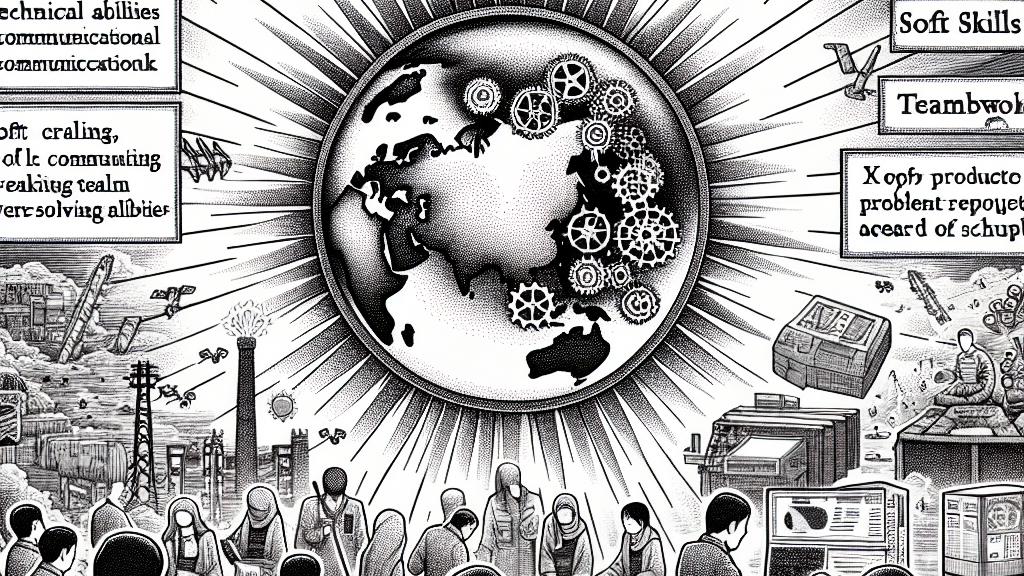Creating Effective Engineer Evaluation Sheets
Overview
- Uncover the essential components of a comprehensive engineer evaluation sheet.
- Learn how to design an evaluation system that is transparent and effective.
- Identify key performance indicators crucial for assessing engineer contributions.

The Importance of Engineer Evaluation Sheets
In Japan, engineer evaluation sheets serve as vital tools that comprehensively assess an engineer's skills and contributions within the workplace. These sheets go beyond mere technical abilities. They encapsulate soft skills such as communication, teamwork, and problem-solving capabilities, which are equally valuable. For instance, consider an engineer who not only completes a complex project ahead of schedule but also collaborates effectively with the design team to optimize the final product. Acknowledging these diverse contributions fosters a sense of appreciation among engineers and boosts overall morale. When employees feel valued, they are incentivized to engage deeply with their work, leading to higher productivity and innovation.
Constructing an Effective Evaluation System
The process of designing a robust evaluation system should begin with a clear understanding of its purpose. Ask yourself: Is the aim to enhance team collaboration, encourage innovation, or improve technical skills? For example, if your focus is innovation, you might prioritize metrics related to creative problem-solving and ability to adapt to new technologies. Following this, develop multi-dimensional evaluation criteria that reflect both quantitative and qualitative aspects of performance. Incorporate mechanisms for regular feedback to ensure that the system evolves alongside the engineers’ career paths. This adaptive approach not only supports continuous improvement but also aligns individual goals with the organization’s objectives, paving the way for a more dynamic and responsive workplace.
Essential Criteria for Engineer Evaluation
At the heart of an engineer evaluation sheet, you will find various critical performance criteria. These might include project contributions, individual achievements, collaboration within teams, and initiative in skill enhancement. Take, for instance, an engineer who masters a new programming language and applies it to improve project efficiency; this self-driven behavior should be highlighted and rewarded. Furthermore, evaluating efforts in mentoring junior engineers adds another layer of value to the assessment. By employing a mix of illustrative examples and engaging language, you can craft a narrative that showcases each engineer's journey, achievements, and areas for development. This approach not only fosters a culture of recognition but also drives engagement, demonstrating how personal growth translates into organizational success.

Loading...